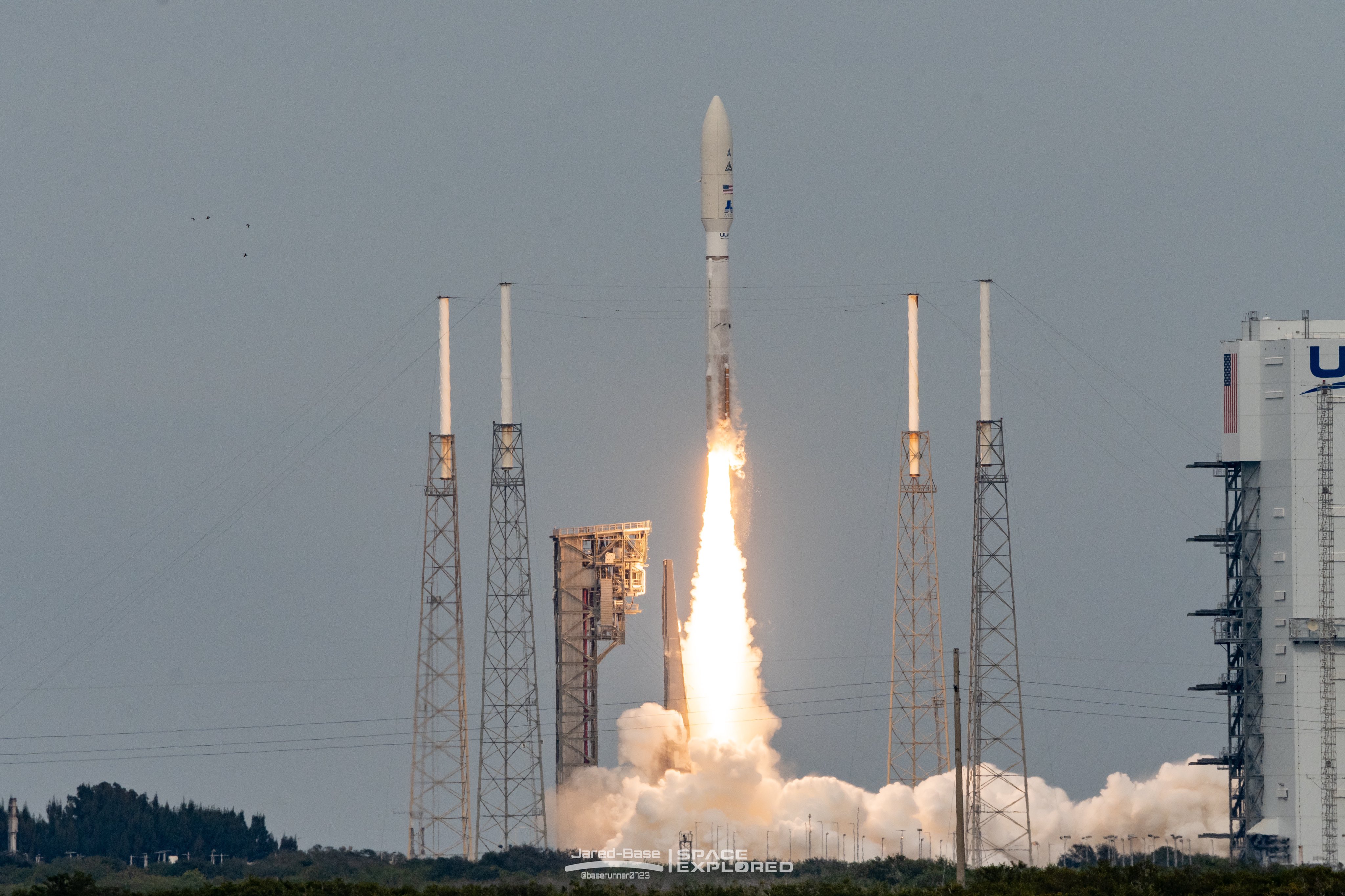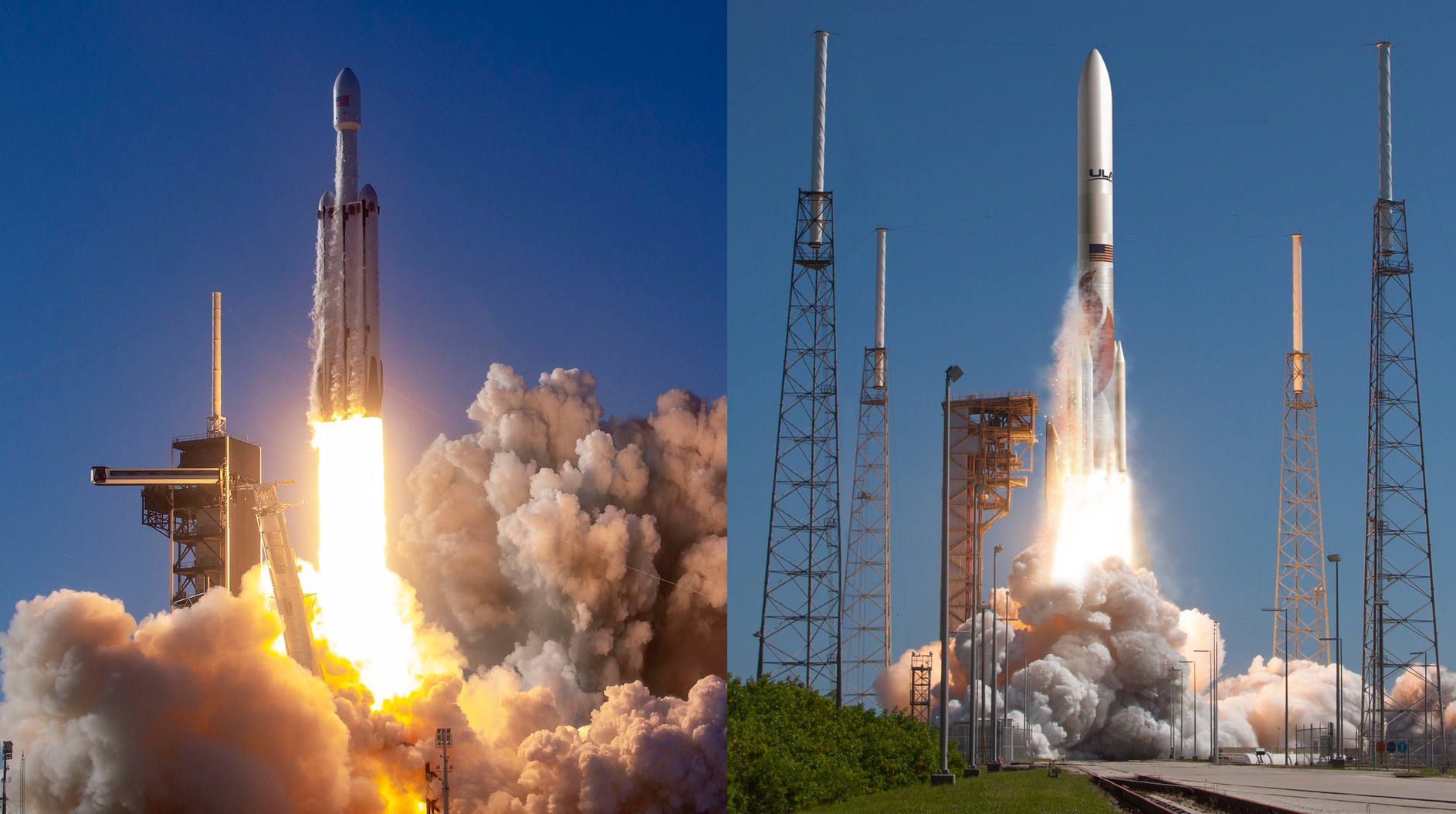Mission Details

Ula launch today – Today’s ULA launch marks a significant milestone in space exploration, carrying a payload of scientific instruments and research equipment to the International Space Station (ISS). The mission aims to advance our understanding of the universe, conduct groundbreaking research, and pave the way for future human spaceflight endeavors.
The ULA launch today was a success, sending a satellite into orbit to study the phenomenon of flying spiders. These arachnids have been observed gliding through the air on silken threads, a behavior that has puzzled scientists. The satellite will collect data on the spiders’ flight patterns, altitude, and wind conditions, providing valuable insights into this fascinating natural phenomenon.
The launch today marks a significant step in our understanding of the flying spiders and their unique adaptations.
The launch vehicle, an Atlas V rocket, is a powerful and reliable workhorse of the ULA fleet. Standing at 197 feet tall, it will propel the payload into orbit with its five powerful engines. The rocket’s first stage will burn for approximately 4 minutes, providing the initial thrust to lift the payload off the launch pad. The second stage will then ignite, continuing the ascent and placing the payload into its intended orbit.
ULA’s launch today marks a significant milestone in space exploration. While the world eagerly awaits the arrival of this groundbreaking mission, questions arise about the highly anticipated series “The Acolyte.” Fans are keen to know what time the Acolyte comes out , eager to immerse themselves in its captivating storyline.
As ULA’s launch today captivates our attention, the countdown continues for the release of “The Acolyte,” promising an equally enthralling journey into the unknown.
Payload, Ula launch today
The payload aboard today’s ULA launch consists of various scientific instruments and research equipment, each designed to conduct specific experiments and gather valuable data. Among the payload’s highlights are:
- A new spectrometer to study the composition of exoplanets, providing insights into their atmospheres and potential habitability.
- A high-resolution camera to capture detailed images of distant galaxies, helping astronomers explore the early universe and the formation of stars.
- A suite of sensors to monitor the Earth’s climate and environment, contributing to our understanding of climate change and its impact on our planet.
Significance
This ULA launch is not merely a technological feat but also a testament to the enduring spirit of human curiosity and the pursuit of knowledge. The scientific discoveries and advancements made possible by this mission will undoubtedly expand our horizons and deepen our understanding of the universe we inhabit. Moreover, it represents a stepping stone towards future human spaceflight missions, paving the way for astronauts to conduct research and explore the cosmos like never before.
Launch Timeline and Coverage: Ula Launch Today

The ULA launch will unfold in a carefully choreographed sequence of events. Here is a detailed timeline of the launch activities, from pre-launch preparations to post-launch maneuvers:
Pre-Launch Preparations
- T-9 hours: Mission team arrives at the launch pad to begin final preparations.
- T-6 hours: Propellant loading begins.
- T-3 hours: Launch vehicle is powered up and systems are checked.
- T-1 hour: Crew enters the spacecraft.
Launch
- T-0: Launch! The rocket lifts off from the launch pad.
- T+1 minute: The rocket passes through the sound barrier.
- T+2 minutes: The rocket reaches maximum dynamic pressure.
- T+8 minutes: The rocket’s first stage separates.
- T+12 minutes: The rocket’s second stage separates.
Orbit Insertion
- T+25 minutes: The spacecraft reaches orbit.
- T+30 minutes: The spacecraft deploys its solar arrays.
- T+45 minutes: The spacecraft begins its mission.
Live Coverage
Live coverage of the launch will be available from a variety of sources, including:
Technical Specifications and Performance

The United Launch Alliance (ULA) launch vehicle employed for today’s mission showcases an impressive array of technical capabilities. The vehicle’s design prioritizes reliability, efficiency, and performance, enabling it to propel satellites and spacecraft into their intended orbits with precision and accuracy.
Propulsion Systems
At the core of the ULA launch vehicle’s performance lies its propulsion systems. The vehicle utilizes a combination of solid rocket boosters and liquid-fueled engines to generate the necessary thrust for liftoff and orbital insertion. The solid rocket boosters provide an initial burst of power during the initial ascent phase, while the liquid-fueled engines sustain the vehicle’s trajectory and achieve the desired orbital velocity. The interplay between these propulsion systems ensures optimal performance and efficient fuel consumption throughout the launch sequence.
Performance Metrics
The ULA launch vehicle’s performance is meticulously assessed through various metrics. These include payload capacity, launch accuracy, and orbital insertion precision. The vehicle’s ability to deliver satellites and spacecraft to their designated orbits with minimal deviation is a testament to its advanced guidance and control systems. Additionally, the vehicle’s high payload capacity allows for the launch of larger and more sophisticated spacecraft, expanding the scope of scientific exploration and technological advancements.
Innovative Technologies
The ULA launch vehicle incorporates innovative technologies to enhance its performance and reliability. These include advanced composite materials, lightweight structures, and sophisticated avionics systems. The use of composite materials reduces the vehicle’s overall weight while maintaining structural integrity, contributing to increased payload capacity and fuel efficiency. Lightweight structures further optimize the vehicle’s mass, enabling it to achieve higher orbital velocities with reduced fuel consumption. Advanced avionics systems provide precise guidance and control throughout the launch sequence, ensuring accurate orbital insertion and minimizing deviations from the intended trajectory.
ULA’s launch today is a testament to the progress we’ve made in space exploration. But it’s also a reminder that there’s still much we don’t know. For a deeper dive into the mysteries of the universe, check out our acolyte review.
It explores the latest theories about dark matter and dark energy, and it’s a must-read for anyone interested in the future of space exploration. ULA’s launch today is a step in the right direction, but there’s still a long way to go.
ULA’s successful launch today marks a significant milestone in space exploration. As we eagerly anticipate the launch of The Acolyte, another highly anticipated project, we can’t help but wonder what time does the acolyte come out. With ULA’s proven track record, we can expect The Acolyte to embark on its journey soon, adding to the excitement of this historic day in space.
Today’s ULA launch marks a significant milestone in space exploration. For those eager to witness the spectacle, a starliner launch livestream is available online. As the countdown to liftoff commences, the anticipation builds, and the eyes of the world turn towards the launchpad.
The successful deployment of the Starliner spacecraft will pave the way for future missions and advancements in human spaceflight, reaffirming the indomitable spirit of ULA’s launch today.